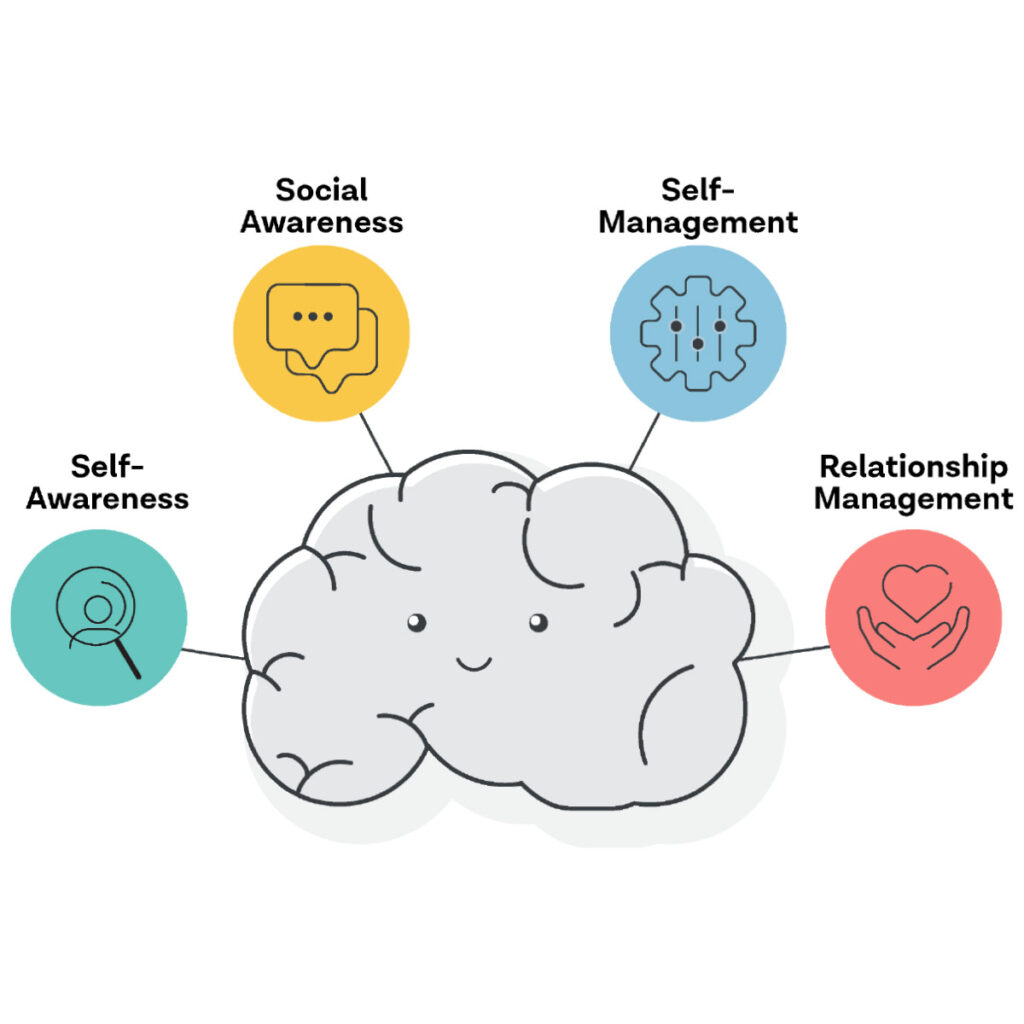Chronic Obstructive Pulmonary Disease, COPD, is an insidious lung disease that progressively interferes with normal breathing. According to the U.S. Department of Health and Human Services, COPD is the fourth leading cause of death in the U.S. and is projected to be the third leading cause of death for both males and females by the year 2020. Overall, it is a leading cause of death worldwide, and although COPD cannot be cured, it can be managed, and it is preventable.
Irreversible but Preventable
By Judith P. Nembhard
What is COPD?
COPD is an umbrella term describing conditions that involve the obstruction of the airflow to the lungs, along with increased shortness of breath. The key terms in COPD are chronic and obstructive. Chronic means that the condition has been ongoing for a long time, and obstructive means that the airways in the lung are partially blocked. Emphysema and chronic bronchitis are the two diseases most often included under the term COPD. There is debate whether or not asthma should be included. The condition can also refer to damage caused by chronic asthmatic bronchitis.
Normal Lung Function
Air travels down your windpipe and into your lungs through two large tubes called bronchi. Inside your lungs, these tubes then divide many times, like tree branches, into many smaller tubes called bronchioles that end in clusters of tiny air sacs called alveoli. The air sacs have very thin walls, full of tiny blood vessels called capillaries. The oxygen in the air you inhale passes into these blood vessels and then enters your bloodstream. At the same time, carbon dioxide is removed and exhaled. To force air out of your body, your lungs rely on the natural elasticity, or stretchiness, of the bronchial tubes and air sacs. When these are damaged, they lose their elasticity and partially collapse when you exhale, trapping air beyond the collapsed areas, resulting in difficulty breathing.
Causes of COPD
The cause of COPD is almost always cigarette smoking. Most people with COPD are long-term smokers, and research shows that smoking cigarettes increases the risk of getting COPD. Dr. Michael Czarnecki, a pulmonary and critical care specialist, reinforces this saying, “The most significant risk factor for COPD is long-term cigarette smoking, and the more years you smoke and the more packs you smoke, the greater your risk.” Dr. Czarnecki points out that it is an extremely rare exception for a smoker to not develop COPD. He notes that people who smoke are at a much higher risk for the disease and that although smoking cessation slows the progression of the disease, it can never be reversed.
Researchers have found a clear relationship between smoking and COPD. According to the National Lung Health Education Program, more than 85 percent of COPD in the U.S. is due to smoking tobacco. The remaining 15 percent is due to previous lung infections, inhalation of polluted air, and/or genetic abnormalities, like alpha-1-antitrypsin deficiency which raises the risk of lung disease.
Along with cigarette smoking and genetic abnormality, another prominent risk factor for COPD is exposure to passive smoking. Dr. Harsha Shantha, pulmonologist with the Diagnostic Center, observes that “passive smoking has certainly been associated with the development of COPD.” This is because people exposed to passive smoking also inhale a large amount of toxic agents.
Other environmental conditions that can lead to COPD include air pollution and occupational exposure to lung irritants such as chemical fumes and dust over a long period of time. In this regard, researchers have found that individuals who work in coal mines, among bales of cotton, and in tunnels have a high risk of developing COPD and related lung diseases. Dr. Shantha states that socioeconomic factors are related to the disease, in addition to the occupational risks, which, he says, may be difficult to avoid.
Symptoms of COPD
It is estimated that there are 12 million people in the United States who have been diagnosed with COPD. It is also estimated that an additional 12 million or more go undiagnosed, mainly because they are in the beginning stages of the disease, so their symptoms are minimal and they have not yet sought health care.
Although a chronic cough by itself may not be a symptom of COPD, “a chronic cough has certainly been associated with the development of COPD,” says Dr. Shantha. The reason for the cough, explains Dr. Czarnecki, is that “the lungs produce excess mucus which the body reflexively clears by coughing.”
COPD in smokers includes a chronic cough, shortness of breath, and frequent respiratory infections. In advanced COPD, the symptoms can include headaches, weight loss, pulmonary hypertension and coughing up blood. Patients with chronic COPD, especially emphysema, are typically thin and show loss of muscle mass in the extremities, although the neck muscles may be enlarged. The individual tends to be slow moving and slightly stooped. He or she usually sits with a forward bending posture.
At times the symptoms of COPD may suddenly flare up and become worse, which is called COPD exacerbation. These exacerbations can range from mild to life threatening. The longer a person has COPD, the more severe the flare-ups are likely to become.
Often, people with COPD may not be diagnosed until their 50s. Typical smokers who develop the disease may not show any symptoms for 10 to 20 years, except for more frequent colds and a persistent dry morning cough. When these symptoms are present, Dr. Shantha points to clinical tests, such as chest x-rays and CT scans as the methods used to diagnose the condition.
Typically speaking, men are inclined to wait until the symptoms become severe before seeking medical help. They may ignore symptoms of fatigue, shortness of breath and cough because of embarrassment. Older adults may attribute their symptoms to aging. COPD can coexist with asthma; however, in asthma, the symptoms are more variable than in COPD.
Controlling the Risk Factors
Of all the risk factors for COPD, the one that is most within an individual’s power to control is cigarette smoking. “If you are a smoker, stop smoking,” advises Dr. Czarnecki. “Quitting smoking is the single most important thing a smoker can do to live a longer and healthier life,” he says, noting that the American Lung Association has many programs to help individuals quit for good. It is also important to avoid secondhand smoke as much as possible.
Occupational dust is a risk factor; however, health professionals say people who smoke have twice the risk of chronic lung problems compared to their coworkers who do not smoke.
There are specific work habits that limit exposure to dust. A study of employees who worked at a coal plant found that simply allowing dust to settle before handling bags filled with coal and using high-quality bags for transporting materials significantly reduced the workers’ exposure to dust. Dust inhalation can also be prevented by not working around open containers and by vacuuming rather than sweeping in a facility with high-risk levels of dust.
Living with COPD
In the past, studies and research into COPD were quite limited, but now encouraging studies are being carried out on medication and treatments. These studies project improved diagnoses in the future as well as improved quality of life for COPD sufferers. While there is no present cure, because lung damage cannot be reversed, improving quality of life is possible. Although COPD is a chronic, debilitating and fatal disease, the condition can be managed, controlled and slowed down. An individual can maintain quality of life even after being diagnosed with the disease because with proper treatment, the prognosis can greatly improve. Factors contributing to a longer, healthier life after diagnosis include:
• Early testing and detection of the disease
• A physician who is proactive in disease management, preferably a pulmonary specialist
• Healthful eating habits
• Quitting smoking
• A personal exercise program
• Following the medication regimen faithfully
• Education about all aspects of the disease
It is important to take a proactive stance against COPD. Avoid smoking, and take precautions in other areas that can contribute to the disease. The best defense against COPD is a healthy, smoke-free lifestyle.
Judith P. Nembhard is a Chattanooga resident. She is a graduate of the University of Maryland where she received her Ph.D. in English education. Judith is a member of the Chattanooga Writers Guild and has two sons. Judith is a lifelong educator and a published writer.
Modus Health StepWatch 5




